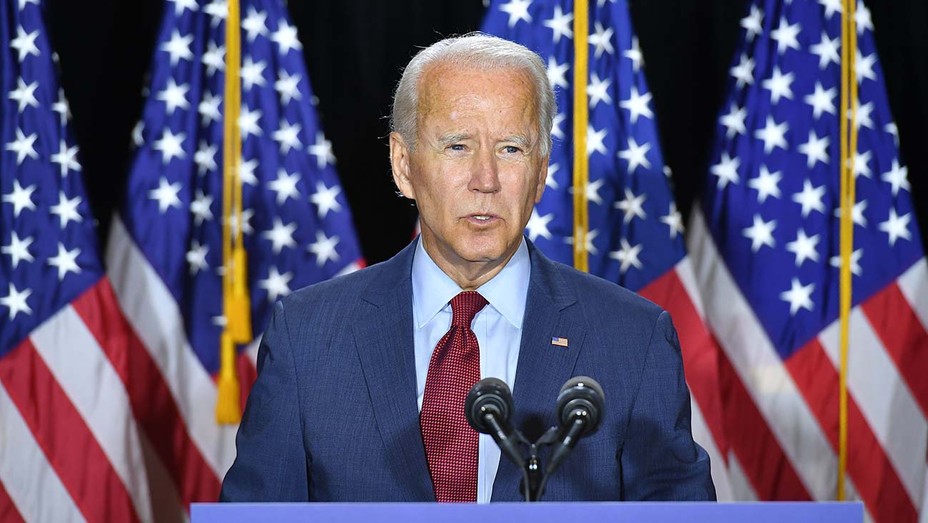In the summer of 2020, massive wildfires erupted in California and Oregon. Forest fires are a yearly occurrence in the region. Yet amid devastation and chaos, the thousands of firefighters battling the flames quickly noticed that something was different from other years. Controlled burning, a crucial tool to prevent wildfires, had not taken place during the spring. Something else was amiss: There were no drones available to monitor how quickly the flames were spreading. If firefighters had known why there had been no controlled burns and why drones were missing, they would probably have been surprised. It had nothing to do with forests, environmental policies, or perennial budget cuts. It was all about China.
The previous year, the Trump administration had ordered U.S. government agencies to stop using more than 800 drones that previously helped to monitor fires and to conduct controlled burns across the country. The drones worked perfectly well, but they were made by DJI, a Chinese company. Using unmanned aircraft from DJI is nothing special: The firm supplies more than 70 percent of the world’s civilian drones. However, the administration worried that the drones might covertly send sensitive information to China, allowing Beijing to see exactly what the drones could see.
DJI had vigorously denied these claims and taken steps to relocate production to the United States. Staff from the U.S. Interior Department had warned that halting controlled burning would likely result in catastrophic wildfires. Yet the administration had chosen to ignore these warnings and to go even further with its China-proofing strategy: Washington also halted the acquisition of 17 high-tech systems, called Ignis, which help to start controlled fires. The technology was American. Several years earlier, the U.S. government had added Ignis to a top list of “Made in America” innovations. However, there was a catch: The Ignis systems include Chinese-made components. For the administration, this was too much of a risk to take.
With drones grounded and Ignis systems missing, the U.S. Office of Wildland Fire was able to carry out only a quarter of the controlled-burning operations that it had arranged to undertake in 2020. The backup plan would have been to use aircraft manned by firefighters, but this option was quickly abandoned: It imperiled human lives when there was a risk-free alternative.
The lack of drones was a tangible illustration of the ripple effects of the U.S.-China conflict. It came with catastrophic consequences. It is unlikely that using drones would have prevented the fires, which were due to an unusual combination of strong winds and extreme heat. However, perhaps it could have helped to lower the death toll (nearly 40 people died) and to reduce the scope of the damage (which reached $19 billion in California alone). Was mitigation of unsubstantiated risks that China may use the drones to spy on U.S. soil worth such a high price? For Washington, the answer was apparently a clear yes.
Source :ForeignPolicy





































